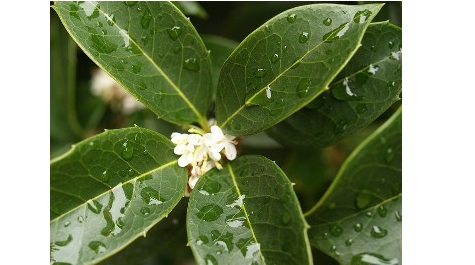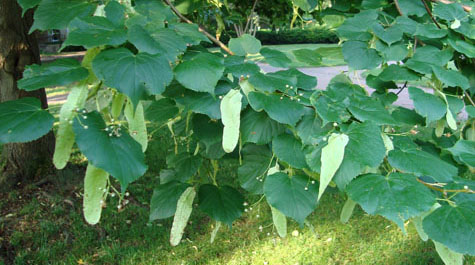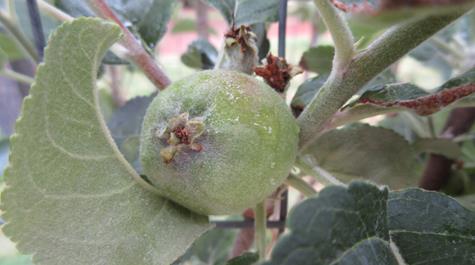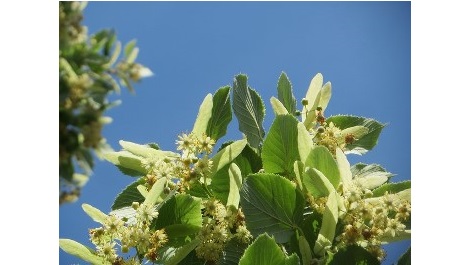Small Hall
Small Hall and Surrounding Landscape
The area around Small Hall is home to a variety of fascinating plant specimens. As you walk between Swem Library and Small Hall, notice the two fragrant olive bushes (Osmanthus species) arching overhead. These bushes have grown so tall that they’ve been trimmed into a tunnel to accommodate the walkway. Planted decades ago all over campus, Osmanthus shrubs are now magnificent mature specimens. Their tiny white autumn blooms are subtle but pack a powerful fragrance—one of the most beautiful and pervasive floral scents you’ll find. Related to lilacs, these blooms often catch visitors by surprise, prompting many to stop and search for the source. Be sure to return during their flowering season to experience the aroma firsthand.
Fall is a spectacular time near Small Hall, especially along Landrum Drive, where three Japanese maples each display their own unique brilliant hues. Further up the hill, two other notable trees stand out. The snake bark maple (Acer davidii) is easy to spot by its distinctive striped bark rather than its leaves, which differ from typical maples. Nearby is a stunning Persian ironwood (Parrotia persica), a relative of witch-hazel. Like other members of the Hamamelidaceae family, this tree offers striking fall foliage and is generally highly resistant to deer.
Continuing up the walkway to Small Hall’s south entrance, you’ll find a cluster of three small trees—two of which carry a big legacy. The two westernmost trees are clones of the famous Newton Apple, Malus domestica ‘Flower of Kent,’ said to have inspired Sir Isaac Newton’s theory of gravity. Since these apples cannot self-pollinate, a compatible crabapple tree is planted nearby to ensure fruit production. You can read about how these trees made their way to William & Mary or simply sit on the bench nearby and ponder the nature of gravity.
Just diagonally across from these trees, at the northwest corner of Andrews Hall, is a specimen of small-leaf linden or basswood (Tilia cordata), one of many scattered throughout the courtyard and campus. In spring, the linden’s blooms attract bees, which gather nectar to fuel their activity and produce honey.
 Skip to main content
Skip to main content




